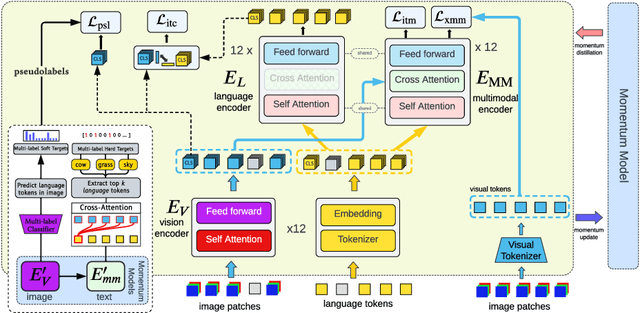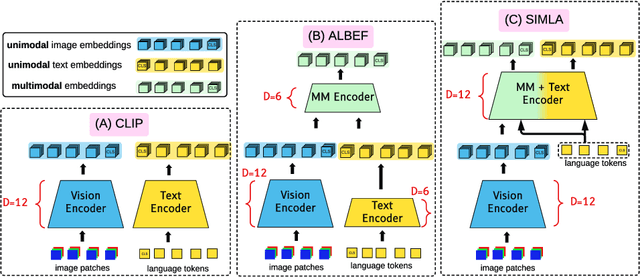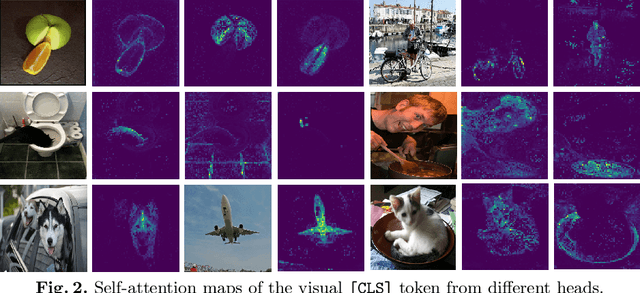Single-Stream Multi-Level Alignment for Vision-Language Pretraining
Paper and Code
Mar 30, 2022



Recent progress in large-scale vision-language pre-training has shown the importance of aligning the visual and text modalities for downstream vision-language tasks. Many methods use a dual-stream architecture that fuses visual tokens and language tokens after representation learning, which aligns only at a global level and cannot extract finer-scale semantics. In contrast, we propose a single stream model that aligns the modalities at multiple levels: i) instance level, ii) fine-grained patch level, iii) conceptual semantic level. We achieve this using two novel tasks: symmetric cross-modality reconstruction and a pseudo-labeled key word prediction. In the former part, we mask the input tokens from one of the modalities and use the cross-modal information to reconstruct the masked token, thus improving fine-grained alignment between the two modalities. In the latter part, we parse the caption to select a few key words and feed it together with the momentum encoder pseudo signal to self-supervise the visual encoder, enforcing it to learn rich semantic concepts that are essential for grounding a textual token to an image region. We demonstrate top performance on a set of Vision-Language downstream tasks such as zero-shot/fine-tuned image/text retrieval, referring expression, and VQA. We also demonstrate how the proposed models can align the modalities at multiple levels.
 Add to Chrome
Add to Chrome Add to Firefox
Add to Firefox Add to Edge
Add to Edge